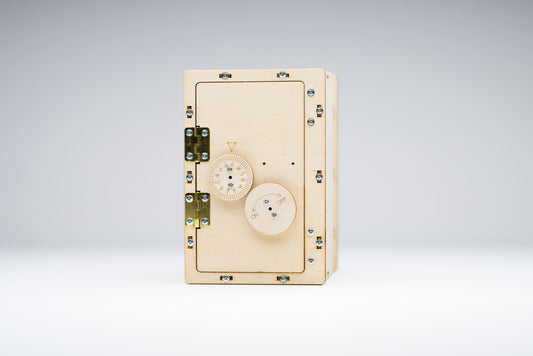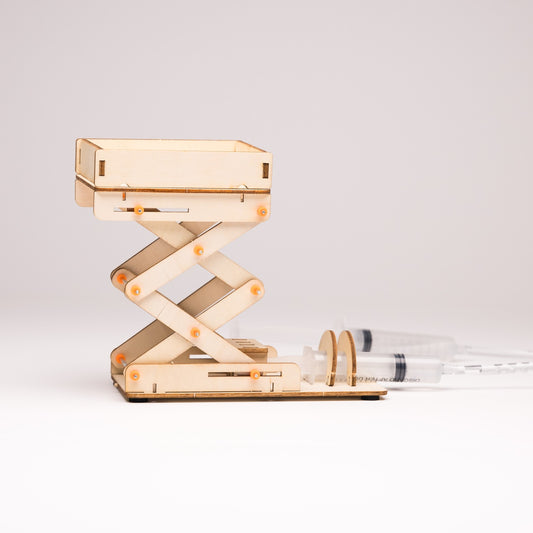Introducing STEM (Science, Technology, Engineering, and Mathematics) into your child's playtime doesn't require special equipment or elaborate projects. Everyday activities can become valuable learning opportunities with a little creativity and guidance. Here are some tips for parents on integrating STEM into daily play to spark curiosity and foster a love of discovery.
1. Nature Walks and Outdoor Exploration
Encourage kids to explore the natural world with nature walks or backyard adventures. Look for different types of plants, insects, rocks, and weather patterns. Create a nature journal where your child can draw or write about their observations. Discuss concepts like photosynthesis, the water cycle, and the roles of insects in ecosystems.
2. DIY Building and Construction Projects
Offer your child basic building materials such as cardboard, wooden blocks, or LEGOs and challenge them to build a bridge, tower, or a simple machine. Let them experiment with different designs and materials to see what holds the most weight or stands the tallest. This activity introduces basic engineering and physics concepts like balance, stability, and force.
3. Baking and Cooking Experiments
Cooking is a delicious way to explore math and chemistry. Involve your child in measuring ingredients, learning about fractions and conversions. Discuss the science of baking, like how yeast makes dough rise or how caramelization works. Experiment with different recipes and encourage kids to note changes when ingredients are added or substituted.
4. Science in Art Projects
STEM can be woven into art projects, too! Try creating marble paintings to explore physics and momentum or salt paintings to see how salt absorbs liquid. Experiment with color mixing or build a kaleidoscope to understand symmetry and patterns. These activities blend creativity with science concepts.
5. Household Science Experiments
Many science experiments can be done with everyday household items. Make a baking soda volcano to see chemical reactions in action, or create a rainbow with a glass of water and a flashlight to demonstrate refraction. Building a simple circuit with batteries, aluminum foil, and small light bulbs teaches basic electronics.
6. Math Games and Puzzles
Turn math into a game by incorporating counting, sorting, and puzzles into playtime. Play board games that involve money or counting spaces, create patterns with colored beads, or use everyday items to practice addition and subtraction. This helps reinforce math skills in a playful way.
7. Coding and Robotics
Introduce coding and robotics through apps or simple toys. Games like ScratchJr help kids learn programming basics through storytelling, while robot kits provide hands-on practice with mechanics and logic. These activities foster computational thinking and creativity.
Conclusion
Integrating STEM into everyday play can be simple, fun, and rewarding. Nature walks, building projects, baking, and art activities offer countless opportunities to explore STEM concepts. Parents can foster a lifelong love of learning by engaging children in household experiments, math games, and coding challenges. The key is to keep the experience positive and playful, helping kids view STEM as an exciting part of everyday life.




